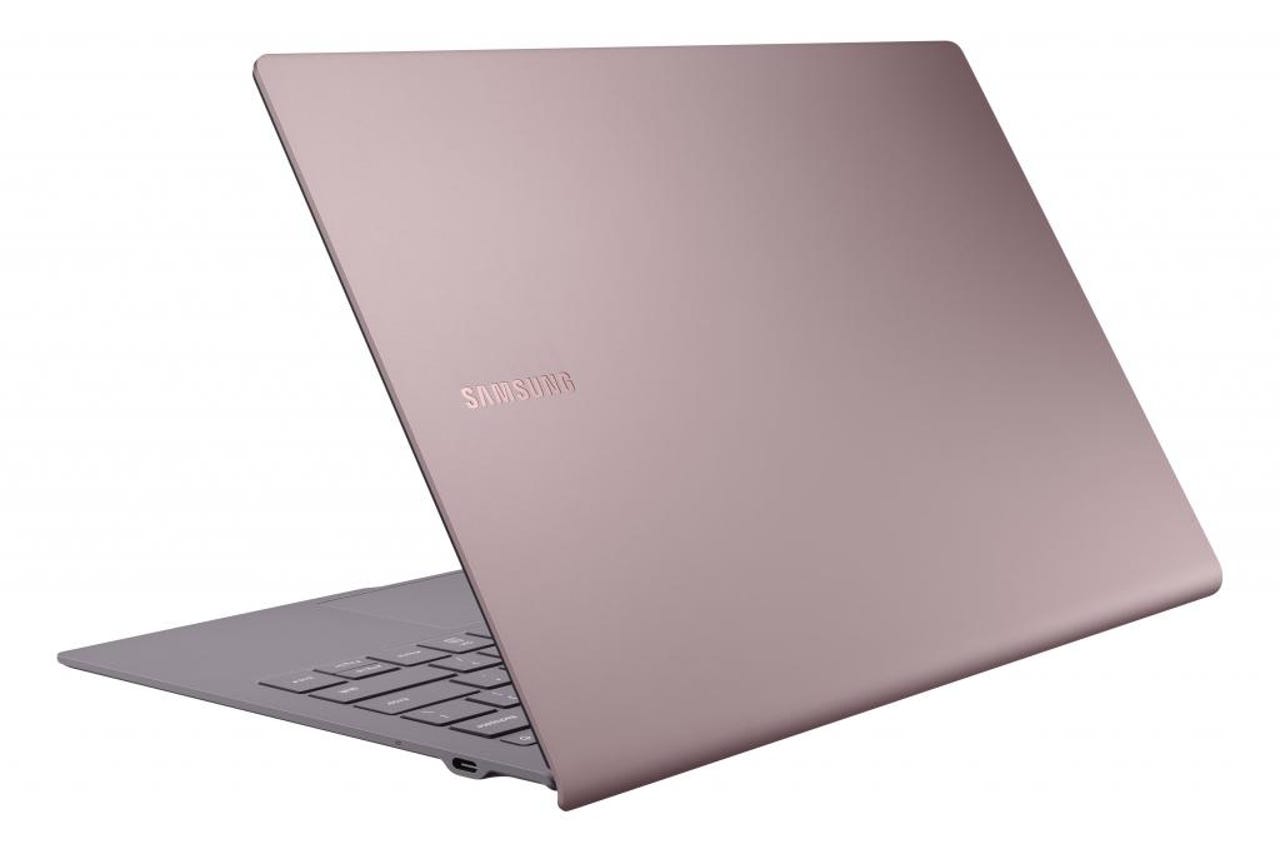Samsung re-Arms Galaxy Book S laptop with Qualcomm Snapdragon 8cx chip


Samsung Galaxy Book S
Lost in the hoopla of this week's Galaxy Note 10 launch was the introduction of another Samsung device: the Galaxy Book S. It's the latest in the company's Windows 10 laptop lineup that separates itself from the pack by using Arm processors instead of Intel or AMD chips.
Galaxy Note 10
Why go with SOCs that are more common in phones and tablets than high-level notebooks? The recent review of the Galaxy Book 2 from ZDNet's Chris Duckett provides some of the advantages behind the approach: Battery life borders on the "outrageous," start-up is quick, and the integrated fingerprint reader is less annoying to use than those of competitors. However, the Qualcomm Snapdragon 850 processor also hobbles performance to the extent that you need to rely on Windows 10's resource-light S mode to get stuff done. (It also didn't help that it slashed the amount of RAM to 4GB compared to the original Galaxy Books' 8 gigs.)
Samsung hopes to address some of these deficiencies in the Book S with Qualcomm's latest Snapdragon 8cx Compute Platform, a 7nm system-on-a-chip that boosts performance over its predecessors to the extent that the company has been comparing it to an Intel Core i5-8250U. It retains battery life that can extend over 20 hours while integrating 5G connectivity. It also adds back that missing 4GB of RAM to give the Book S 8 gigs of memory, which should provide a bit of a performance gain. You'll also have a choice of 256GB of 512GB of built-in storage, with a microSD card slot available if you need further storage capacity.
The Galaxy Book S fits all that into a very thin and light package, no surprise given the emphasis on mobility. It weighs in at 2.11 pounds, with a maximum thickness of just 0.46 inches. Though it features a traditional clamshell design, the laptop does include touchscreen capabilities with its 13.3-inch full HD display. Like its predecessors, it includes a built-in fingerprint reader that supports Windows Hello's sign-in feature.
One other way that the Book S hopes to differentiate itself is through its integration with Microsoft's Your Phone app, which can synch calls, texts, photos, and more between the laptop and the Galaxy Note 10. Microsoft says it worked with Samsung developing the Galaxy Book S, and the Note 10 cellphone will have a Link to Windows 10 button to help establish the connection between devices.
The Galaxy Book S will begin shipping this fall at a $999 price tag. Let us know in the comments section below if it's enticing enough to buy right away, or if you'll wait to see if the 8cx processor actually delivers the performance it promises.